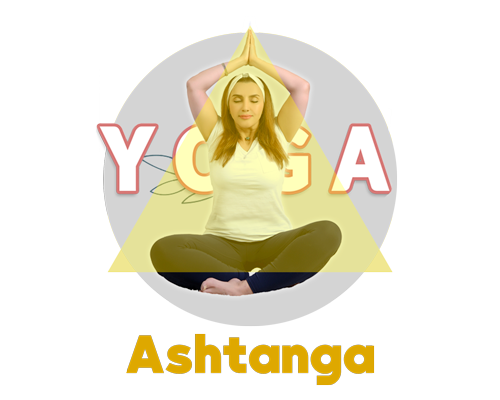What is Ashtanga Yoga?
Ashtanga Yoga is a style of yoga that was developed by Sri K. Pattabhi Jois in the 20th century. It is a dynamic and physically demanding form of yoga that follows a specific sequence of postures, which are linked together with breath and movement. The practice is designed to create heat in the body, leading to purification of the muscles and organs, and the release of toxins. Ashtanga Yoga is often referred to as the “eight-limbed” yoga, as it incorporates the eight limbs of yoga as outlined in the Yoga Sutras of Patanjali.
The popularity of Ashtanga yoga
Ashtanga yoga has gained significant popularity over the years, particularly among yoga practitioners who are drawn to its dynamic and physically challenging nature. Its structured series of postures, synchronized with breath, and emphasis on internal heat and purification have attracted many individuals seeking a vigorous and disciplined yoga practice.

The practice’s emphasis on strength, flexibility, and stamina has attracted athletes, fitness enthusiasts, and individuals looking for a challenging physical workout. Additionally, the structured nature of Ashtanga yoga, with its specific sequence of postures, appeals to those who appreciate a disciplined and systematic approach to their yoga practice.
Ashtanga yoga has gained popularity worldwide, particularly for its physically demanding and structured approach to the practice. It has become a preferred style of yoga for many practitioners who are seeking a rigorous and disciplined form of exercise that also incorporates mental focus and breath control.
The traditional Mysore style of teaching, where students move through the sequence at their own pace under the guidance of a teacher, has also contributed to the popularity of Ashtanga yoga. This individualized approach allows practitioners to progress at their own rate and receive personalized attention from the instructor.
Furthermore, the global reach of Ashtanga yoga has been facilitated by the dissemination of the practice through dedicated Ashtanga yoga studios, workshops, and teacher training programs around the world. As a result, Ashtanga yoga has become accessible to a wide range of individuals, contributing to its widespread popularity in the yoga community.
Can beginners do ashtanga yoga?
Yes, beginners can certainly do Ashtanga Yoga, but it’s important to approach it with the right mindset and expectations. Ashtanga Yoga can be physically demanding, and the sequences can be challenging for those who are new to yoga. However, with the guidance of a knowledgeable instructor, beginners can start with the primary series and gradually progress as they become more comfortable with the practice.

It’s important for beginners to listen to their bodies, take things at their own pace, and not push themselves too hard in the beginning. It’s also advisable to communicate with the instructor about any physical limitations or concerns. With consistent practice and patience, beginners can gradually build strength, flexibility, and familiarity with the sequences of Ashtanga Yoga.
Key Principles and yoga practices
- Ahimsa (non-violence) - practicing compassion and kindness towards oneself and others.
- Satya (truthfulness): Being honest and authentic in thoughts, words, and actions.
- Dhyana (meditation): Cultivating a focused and calm mind through meditation practices.
- Yamas (ethical restraints): Observing moral and ethical guidelines in interactions with others.
- Niyamas (observances): Engaging in self-discipline, self-study, and spiritual practices for personal growth.

Why should I take Ashtanga Yoga Yoga Class?
There are several reasons why you might consider taking an Ashtanga Yoga class:
Physical strength and flexibility: Ashtanga Yoga involves a series of dynamic and physically demanding poses that can help you build strength and improve flexibility in your body.
Stress reduction: The practice of Ashtanga Yoga includes a focus on breath control and mindfulness, which can help reduce stress and promote relaxation.
Mental focus and clarity: The repetitive nature of the Ashtanga Yoga sequences, combined with breath awareness, can help improve mental focus and clarity.
Mind-body connection: Ashtanga Yoga encourages a strong connection between breath and movement, helping to create a sense of harmony between the body and mind.
Overall well-being: Regular practice of Ashtanga Yoga can contribute to improved overall well-being, including better physical health, mental balance, and emotional stability.
Ultimately, the decision to take an Ashtanga Yoga class depends on your personal goals and preferences for physical and mental well-being.
What is the purpose of Ashtanga?
The intensive physical processes in Ashtanga are all about breaking through mental blocks, and emotional baggage to cultivate mental clarity, conscious breathing, physical strength, flexibility and endurance. The structure and frequency of the workouts are designed to help you quickly improve your body and overall health. The sequence of a set of postures creates a strong framework that allows one to focus on the internal organs of the yoga sutras.
